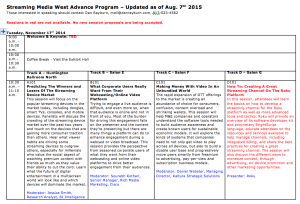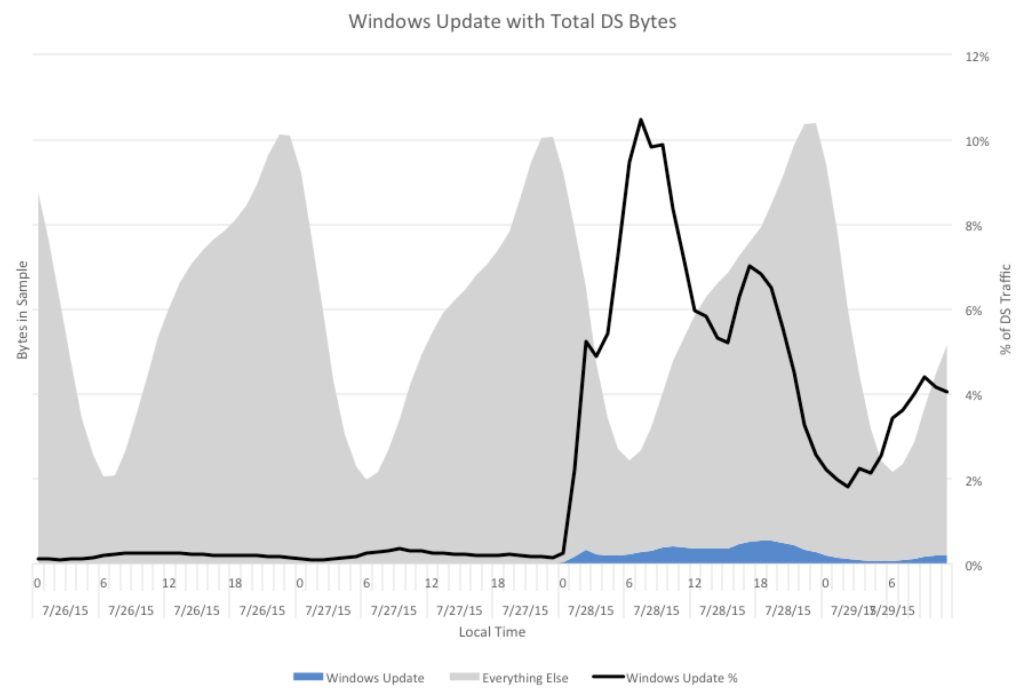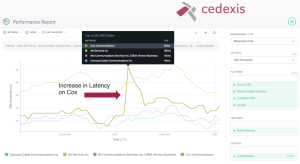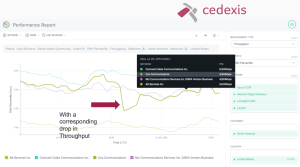Companies Should Reject Licensing Terms From HEVC Advance Patent Pool
Last month newly formed patent pool HEVC Advance announced their licensing terms for patents pertaining to HEVC video. [See: New Patent Pool Wants 0.5% Of Every Content Owner/Distributor’s Gross Revenue For Higher Quality Video] While the pool has yet to detail any of the actual patents in question, or make it clear exactly whom they feel is required to pay for licensing, they still plan to open up for licensing deals on October 1st. Each company has to do their own due diligence with regards to HEVC Advance, but my recommendation is not to agree to HEVC Advance’s licensing terms. There is no rational business case to agree to their terms, especially when there are no details on which patents will be included or what technologies they cover. And considering the patents are only just starting to be independently evaluated this month, there is no way to know the validity of any of the patents in the pool.
If the industry collectively refuses to pay the licensing terms HEVC Advance has put forth, the licensing group will be forced to change terms to make them fair and reasonable, disband, or the patent holders themselves will have to individually file suit against every broadcaster, OTT provider, CE manufacturer and everyone else they feel infringes. That’s going to be nearly impossible to do considering there are tens of thousands of companies that HEVC Advance wants royalties from. Patents holders “expected” to be in the pool including GE, Technicolor, Dolby, Philips, and Mitsubishi Electric would have to take companies to court and it would be a long, expensive and drawn-out process. The average patent case takes five years to resolve. Note that HEVC Advance won’t say who for certain is in the pool and keeps using the term “expected” because even they admitted to me that not all the companies mentioned have completed the paperwork to be in the pool. What a circus.
While some might think there is no way HEVC Advance would change terms or simply give up, content owners and broadcasters have forced this exact result in the past. If the approach HEVC Advance is taking sounds familiar, it’s because we’ve seen this before, with some of the same players. Some might remember a company called Via Licensing which including patent holders Dolby, Philips, and Technicolor. They came to the market with patents for DVB-MHP, targeting the broadcasters and set-top-box makers. The also had the same style of a secret essential patent list and vagueness and got nowhere with their patent pool. Via Licensing forced many to abandon further development of DVB-MHP, but the broadcasters and operators sought an alternative, and the zero royalty HbbTV technology was born. A reader also reminded me that the notion of going after content owners and distributors was also tried with MPEG-4 Part 2, the original MPEG-4 video compression which pre-dated AVC. It failed in large part because of this licensing tactic, which is why the H.264/AVC licenses were more sensible.
The companies in HEVC Advance should have learned from history. Broadcasters, content owners, and distributors have shown they will seek out alternatives when these kind of greedy patent pools come to the market. Companies could bypass HEVC all together and start using Google’s VP9. Another interesting development is that Cisco just announced a royalty free video codec called Thor, specifically to combat all the licensing terms around HEVC. So for the companies in HEVC Advance, you’re being put on notice that alternatives do exist. Your greed will be your downfall if you don’t listen to the market.
If the industry sticks together, I believe that HEVC Advance’s unfair and unreasonable royalty rates can be defeated. Companies like Dolby can’t afford to upset Hollywood and content owners, which is what they are starting to do. I’ve already heard from multiple major studios who said if Dolby want’s to try to enforce unfair royalty terms around HEVC, they will hit back and do everything they can not to licensing Dolby’s audio technology across the board. There are alternatives. Not to mention, Dolby is also telling these same studios that they will soon want royalty payments pertaining to HDR patents as well. Dolby is not making any friends right now and if they then try to sue content owners and CE manufactures that they currently have as partners, Dolby will face some serious trouble.
It should be noted that all of my inquires to Dolby, Technology and Philips to learn more about their involvement in HEVC Advance have gone ignored and HEVC Advance hasn’t made any patent holder available for the media to talk to, even though it’s been requested. The companies in the pool are making a big mistake by allowing GE Licensing to speak on their behalf. Patent attorneys don’t know technology, which is evident by the multiple calls I have had with HEVC Advance. When they can’t answer basic questions around the technology, or answer most questions by saying “we’ll work something out”, the pool loses the ability to create any creditability. If you feel your patents are strong and your terms fair, then communicate that. Because right now all you are doing is communicating that you’re in a disorganized pool that isn’t educated on the market or how the technologies even work. And no I’m not being harsh, it’s the truth.
To defeat HEVC Advance’s terms, all it will take is some major companies publicly coming out to say they don’t plan to pay, based on the current rates. If a few major companies do that everyone else will follow suit. Another alternative is for an industry association to have all their members agree to speak out against these unfair and unreasonable terms and that would stop HEVC Advance in their tracks. I am calling on the industry to do just that. Put aside your competitive offerings and be united – stand together. Let me know how I can help. I take it personally when any patent pool comes into the industry with unfair practices and licensing terms, which has the serious potential to stunt the growth of the market. Not to mention, a third patent pool around HEVC is already forming.
To the companies in the HEVC Advance patent pool, I challenge any of you to a debate on your patents, your rates, and your approach to the market. I’ll give you the stage at our next Streaming Media West show in November to state your case as to why anyone should license from the pool. The ball is in your court.
Updated 8:43pm: Technicolor replied to me to say that all communications requests are answered by HEVC Advance directly.






 (Update: Tuesday July 28th: As of 1pm ET, the Windows 10 launch is already massive with traffic over 10Tb/s.) I’ve never used the term “break the Internet” because most of the time people say that, they are simply overhyping an event on the web. But with the volume of downloads that Microsoft is expecting for the launch of Windows 10 and the capacity they have already reserved from third-party CDNs to deliver the software, the Internet is in for some real performance problems this week. Based on numbers I am hearing from multiple sources, Microsoft has reserved up to 40Tb/s per second of capacity from all of the third-party CDNs combined. To put that number in perspective, some of Apple’s recent largest live events on the web have peaked at 8Tb/s. Windows 10 is expected to be five times that and will easily be the largest day/week of traffic ever on the Internet. QoS problems are to be expected, especially since all of the CDNs will be rate limiting their delivery of the 3GB download and many ISPs will max out interconnection capacity in certain cities.
(Update: Tuesday July 28th: As of 1pm ET, the Windows 10 launch is already massive with traffic over 10Tb/s.) I’ve never used the term “break the Internet” because most of the time people say that, they are simply overhyping an event on the web. But with the volume of downloads that Microsoft is expecting for the launch of Windows 10 and the capacity they have already reserved from third-party CDNs to deliver the software, the Internet is in for some real performance problems this week. Based on numbers I am hearing from multiple sources, Microsoft has reserved up to 40Tb/s per second of capacity from all of the third-party CDNs combined. To put that number in perspective, some of Apple’s recent largest live events on the web have peaked at 8Tb/s. Windows 10 is expected to be five times that and will easily be the largest day/week of traffic ever on the Internet. QoS problems are to be expected, especially since all of the CDNs will be rate limiting their delivery of the 3GB download and many ISPs will max out interconnection capacity in certain cities.